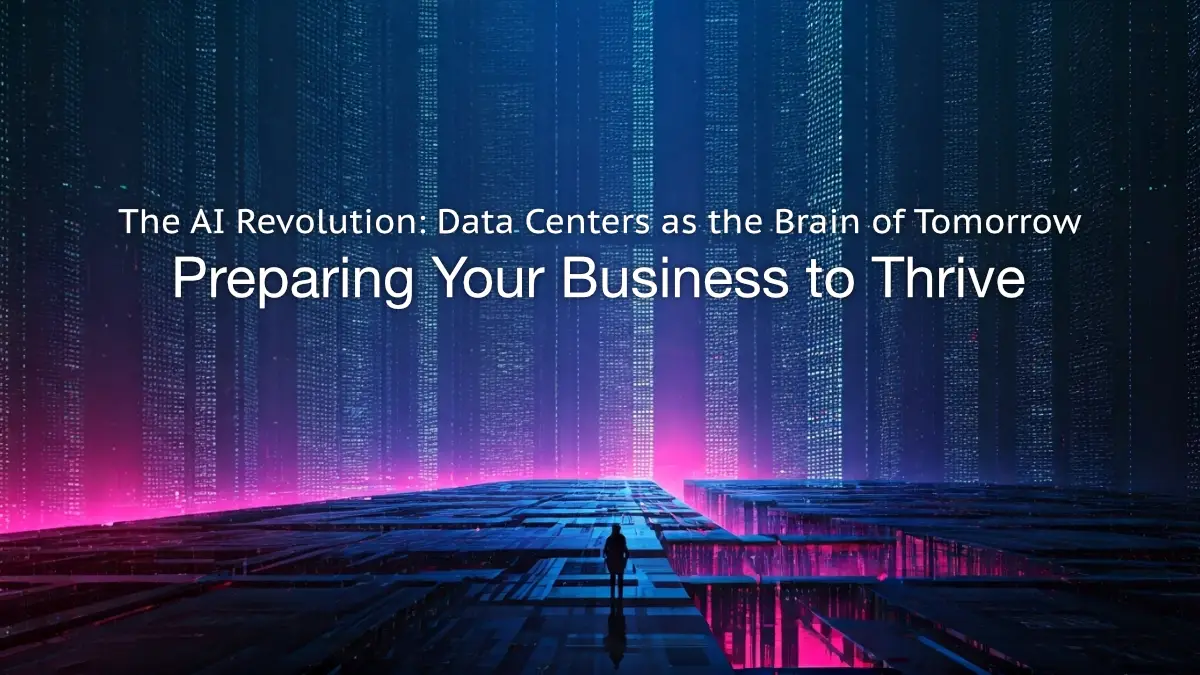Prefer to Listen? Enjoy the Audio Version of This Article.
Unveiling the Power of Invisible Marketing for Small Business Success
We understand that standing out can seem like trying to make your voice heard over a symphony. So, what can small businesses do? Enter invisible marketing—a strategy that operates behind the scenes, harmonizing your business with the needs and desires of your customers without making a loud splash. But what exactly is invisible marketing, and why should small businesses sit up and take notice? In this post, we will explore the concept of invisible marketing, identify common business challenges that it addresses, and illustrate how it can be your secret weapon for growth. We’ll also reveal different types of invisible marketing, examine a real-world case study, and discuss why a business might choose to—or not to—embrace this strategy. Finally, we’ll offer practical steps for getting started with invisible marketing.
Discovering Invisible Marketing
Invisible marketing is a subtle yet powerful approach that leverages non-intrusive methods to engage customers and build brand loyalty. Unlike traditional marketing tactics that scream for attention, invisible marketing whispers, gently influencing customer behavior without overt persuasion.
It’s like the soft hum of an engine that propels a vehicle forward. You don’t see it working, but it drives your business towards success.
This form of marketing taps into consumer psychology and leverages techniques such as personalization, storytelling, and value-based content to create meaningful connections with your audience.
Why Small Businesses Need Invisible Marketing
In a world where consumers are bombarded with advertisements, small businesses face the challenge of breaking through the constant noise. Traditional marketing methods can be costly and may not always yield the desired results. This is where invisible marketing comes into play.
Imagine your business as a beacon in a crowded harbor, guiding customers to your products or services without overwhelming them with flashy signals.
Invisible marketing allows small businesses to establish trust, foster loyalty, and cultivate long-term relationships with customers. It helps businesses stand out by aligning with the values and interests of their target audience, making them feel understood and valued.
The Growth Potential of Invisible Marketing
Invisible marketing has the power to transform your business by fostering brand advocacy and driving customer loyalty. By delivering personalized experiences, you can turn customers into passionate advocates who sing your praises far and wide.
Picture your business as a gardener, nurturing a loyal customer base that blossoms into a network of dedicated brand ambassadors.
With invisible marketing, you can increase customer retention, reduce acquisition costs, and ultimately achieve sustainable growth. By focusing on building relationships and providing value, you can create a solid foundation for your business to thrive.
Types of Invisible Marketing
Invisible marketing encompasses a range of strategies that work silently behind the scenes to engage customers. Here are a few examples:
Personalized Content
Personalization is at the heart of invisible marketing. By tailoring your content to individual preferences and needs, you can create a personalized experience that resonates with customers. This could include customized emails, personalized product recommendations, or targeted social media ads.
Imagine your business as a tailor, crafting bespoke experiences that fit each customer like a perfectly tailored suit.
Storytelling
Storytelling is a powerful tool for capturing attention and creating emotional connections. By weaving compelling narratives into your marketing efforts, you can engage customers on a deeper level. This could involve sharing customer success stories, highlighting your brand’s mission, or creating engaging video content.
Think of your business as a storyteller, captivating your audience with tales that inspire and resonate.
Value-Based Content
Providing valuable content is an effective way to establish trust and credibility. By offering educational resources, informative blog posts, or helpful guides, you position your business as an authority in your industry. This builds trust with customers and encourages them to turn to you for guidance and support.
Envision your business as a trusted advisor, offering a wealth of knowledge and insights to empower your audience.
Case Study: The Success of Invisible Marketing
To illustrate the power of invisible marketing, let’s take a look at a real-world example. Meet Sarah, the owner of a small boutique coffee shop in a bustling city. Sarah faced stiff competition from larger chains and struggled to attract new customers.
Rather than relying solely on traditional advertising, Sarah decided to implement an invisible marketing strategy. She focused on creating personalized experiences for her customers, from remembering their favorite orders to offering exclusive promotions based on their preferences.
By building strong relationships and providing exceptional service, Sarah’s coffee shop became a hidden gem in the city. Word-of-mouth recommendations spread like wildfire, and her loyal customer base grew exponentially. Sarah’s success story highlights the impact of invisible marketing in creating a loyal customer community.
When Not to Use Invisible Marketing
While invisible marketing holds immense potential, it may not be suitable for every business or situation. Here are a few scenarios where it may not be the best approach:
Limited Resources: Implementing invisible marketing requires time, effort, and resources. Small businesses with limited budgets or manpower may find it challenging to execute effectively.
Immediate Results Needed: Invisible marketing focuses on building long-term relationships and may not yield immediate results. If your business needs quick sales or short-term gains, a different approach may be more appropriate.
High-Volume, Low-Cost Products: Businesses that rely on high-volume, low-cost products may find that invisible marketing is not the most effective strategy. These businesses often require a more aggressive approach to capture attention and drive sales.
Why Invisible Marketing is Worth Considering
Despite its limitations, invisible marketing offers several compelling reasons for small businesses to consider incorporating it into their strategy:
Building Trust: Invisible marketing allows businesses to establish trust and credibility with their audience. By delivering personalized experiences and providing value, you can build a loyal customer base that trusts your brand.
Differentiation: In a crowded marketplace, standing out is crucial. Invisible marketing helps small businesses differentiate themselves by creating unique experiences that resonate with customers on a deeper level.
Long-Term Benefits: While invisible marketing may take time to yield results, the long-term benefits are worth the investment. By focusing on building relationships and fostering customer loyalty, you can create a sustainable competitive advantage for your business.
Getting Started with Invisible Marketing
Ready to harness the power of invisible marketing for your small business? Here are a few steps to get you started:
Identify Your Target Audience
Understanding your target audience is key to crafting personalized experiences. Take the time to research and analyze your customers’ preferences, interests, and pain points. This will allow you to tailor your marketing efforts to their specific needs.
Personalize Your Messaging
Once you have a clear understanding of your target audience, focus on personalizing your messaging. Use data and insights to deliver relevant content and offers that resonate with each customer. This could involve segmenting your email list, creating personalized landing pages, or customizing your social media ads.
Leverage Technology
Technology is a valuable ally in implementing invisible marketing strategies. Utilize tools such as customer relationship management (CRM) systems, marketing automation platforms, and data analytics to streamline your efforts and deliver personalized experiences at scale.
Key Takeaways
Invisible marketing is a powerful tool that enables small businesses to create meaningful connections with their audience. By focusing on building relationships, delivering personalized experiences, and providing value, you can differentiate your brand and drive long-term growth. While invisible marketing may not be suitable for every business or situation, its potential to build trust, foster loyalty, and create a competitive advantage makes it worth considering. Take the first step today and explore the possibilities of invisible marketing for your small business.
Ready to unlock the power of invisible marketing? Start by identifying your target audience and personalizing your messaging. Leverage technology to streamline your efforts and deliver exceptional experiences. Join the ranks of successful businesses that have harnessed the potential of invisible marketing to drive growth and build lasting relationships with their customers. Your small business deserves to shine, even if it’s behind the scenes.






